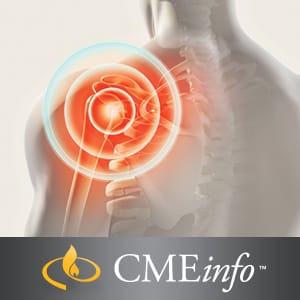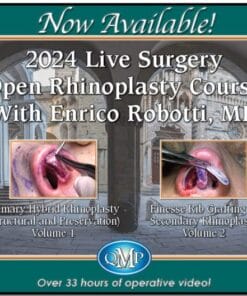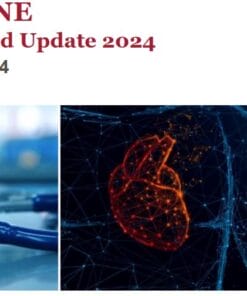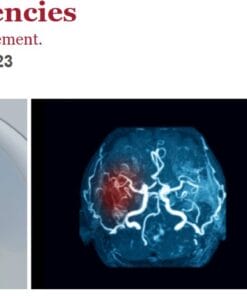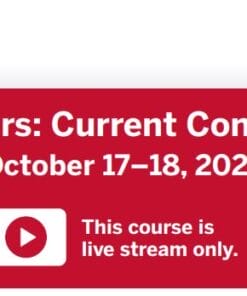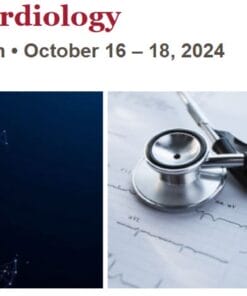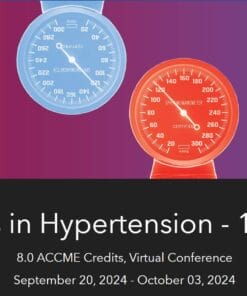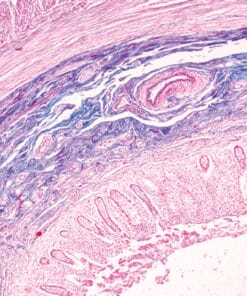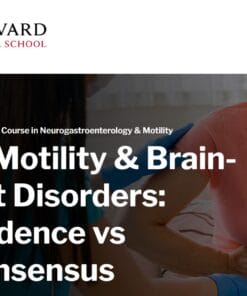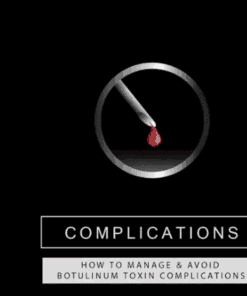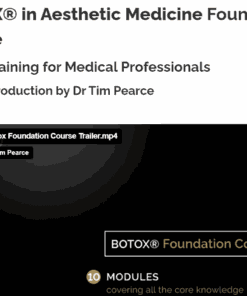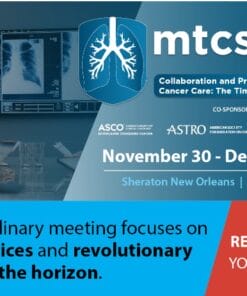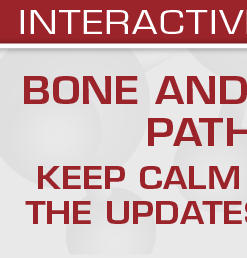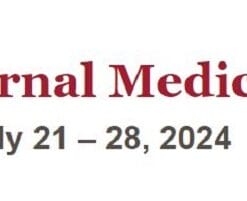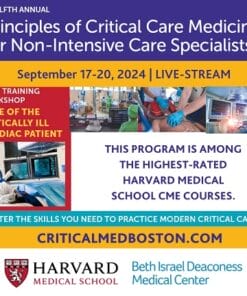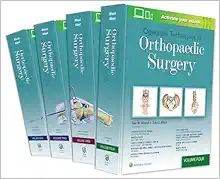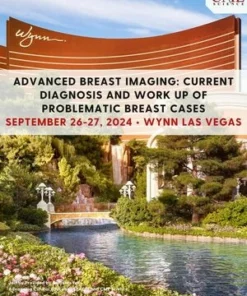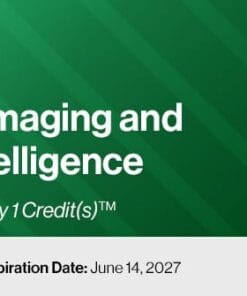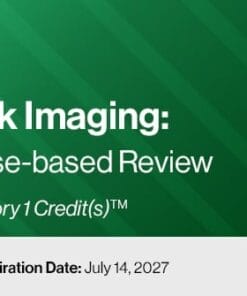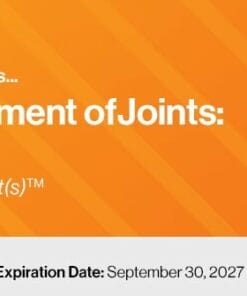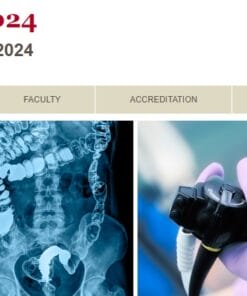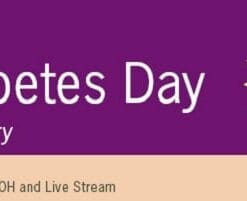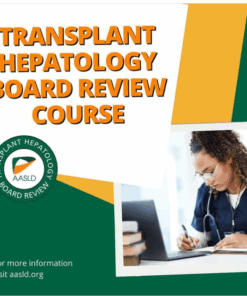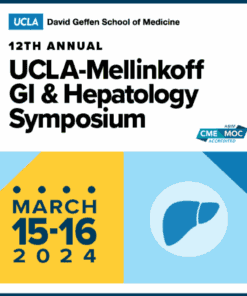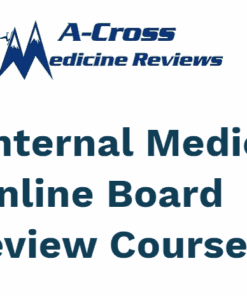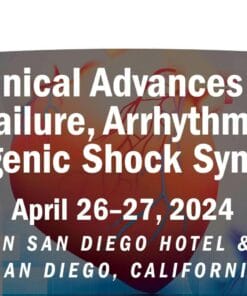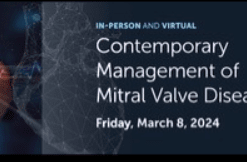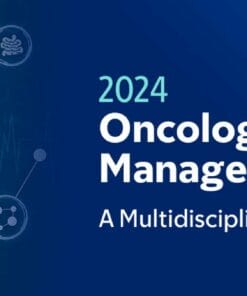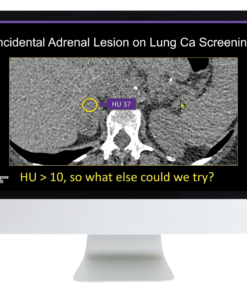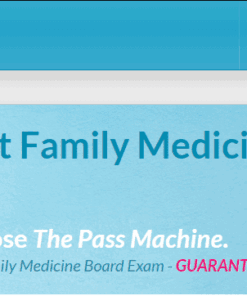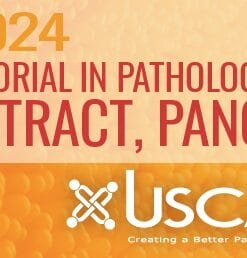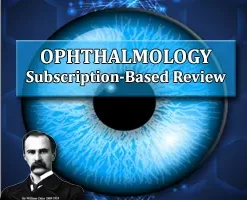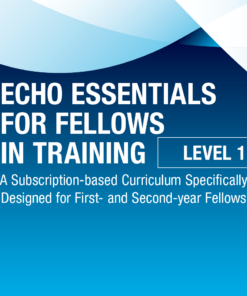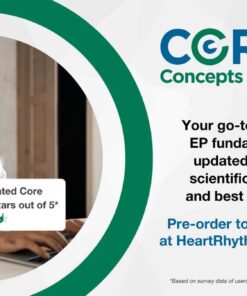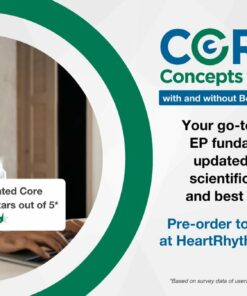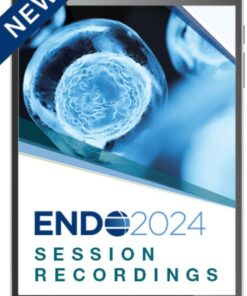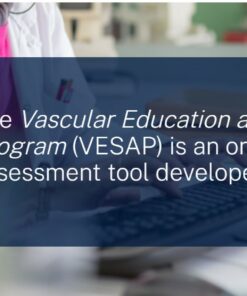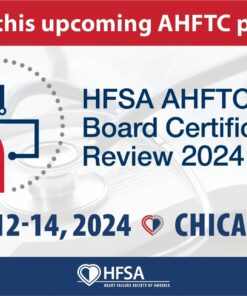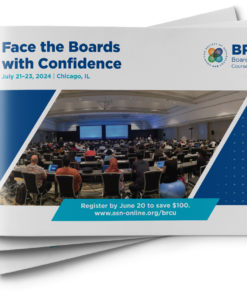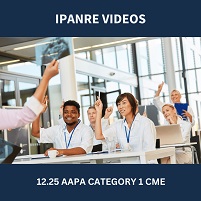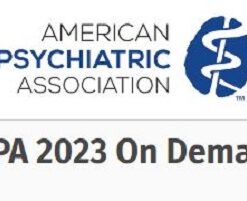Comprehensive Review of Pain Medicine
Oakstone Clinical Update
This detailed review covers all aspects of ongoing, effective pain management — including the challenges of opioid therapy — to help you improve clinical outcomes for your patients with pain.
Improve Performance in Pain Management
This online CME program covers all aspects of comprehensive and ongoing assessment and effective management, helping you achieve improved clinical outcomes for your patients with pain. Be prepared to take preventative action, diagnose underlying problems, recognize warning signs, and manage treatment. With an emphasis on the challenging aspects of opioid therapy, Comprehensive Review of Pain Medicine will help you to better:
- Identify underlying biologic and psychosocial causes of the opioid crisis and apply CDC guidelines for opioid use in your practice
- Evaluate therapies and management strategies for patients with back and spine pain or postoperative pain
- Discuss pain management for older adults, including those at the end of life, as well as addicts and other complicated patients
- Summarize relevant and current non-narcotic and non-pharmacologic interventions
TOPICS/SPEAKERS
- Public Policy and the Opioid Crisis: One State’s Experience – Rachel A. Levine, MD
- The Opioid Epidemic and the Payor – Thomas Kowalski, RPh
- Chronic Opioid Therapy and the DEA – Edgar L. Ross, MD
- Moving Beyond Opioids for Pain Management – Paul F. White, PhD, MD, FANZCA
- Opioids, Toxicology and Use Patterns – Mohammed Issa, MD
- Opioids and Pediatric Pain Medicine – Pradeep Dinakar, MD, MS, FAAP
- Chronic Opioid Therapy and Physician Decision Making – David Seaver, RPh, JD
- Organizing Institutional Support for Opioid Prescribers and Rational Decision Making – Scott G. Weiner, MD, MPH
- Restorative Electrical Stimulation for Back Pain – Christopher J. Gilligan, MD, MBA
- Restorative Electrical Stimulation for the Post Stroke Shoulder – Marc A. Huntoon, MD
- Spinal Cord Stimulation – New Advances and Devices – R. Jason Yong, MD, MBA
- Electrical Stimulation for Pain – Beyond the Epidural Space – Assia T. Valovska, MD
- Intrathecal Pharmacology – New Insights and Understanding – Tony L. Yaksh, PhD
- Suicide and Chronic Pain – View from the Front Lines – Mary Esther Rohman, PhD
- Pain Management for House Staff – Jason D. Ross, MD
- Palliative Care for Clinicians – Moving Beyond Hospice – Kate Brizzi, MD
- Interventional Procedure Considerations at the End of Life – Sanjeet Narang, MB, BS
- Pain Medicine – A Primer for Mid-levels – Michael Ferrick, RN, NP
- Interventional Management of Spasticity – Chloe S. Slocum, MD, MPH
- Ultrasound for Musculoskeletal Procedures – Cheri A. Blauwet, MD
- Neuroanatomy for Ultrasound-Guided Pain Procedures – Kamen V. Vlassakov, MD
- Percutaneous Spinal Procedures – Beyond the Needle – Bohdan W. Chopko, PhD, MD
- Pain and the Brain – The Future of fMRI and PET in Pain Medicine – Vitaly J. Napadow, PhD, LAc
- Applying the Principles of Patient Engagement in Pain Medicine: Improving Pain Management and Reducing Opioid Use – Robert N. Jamison, PhD
- Are Cannabinoids the New Frontier in Pain Management? – Mellar P. Davis, MD, FCCP, FAAHPM
- Opioids and the Injured Worker – Edgar L. Ross, MD
- Treating Pain in the Addict – Mohammed Issa, MD
- Opioid Risk Management for Clinicians – Jayne Pawasauskas, PharmD, BCPS
- Can NGF Inhibitors Replace Opioids? – Edgar L. Ross, MD
- Explaining the CDC Guidelines – Michele L. Matthews, PharmD, CPE, BCACP, FASHP
- Buprenorphine and its Role in Pain Medicine – Daniel P. Alford, MD, MPH
- Do Epidural Steroid Injections Work? – Srdjan S. Nedeljkovic, MD
- Radiofrequency Lesioning for Back and Neck Pain – Why the Controversy? – Srdjan S. Nedeljkovic, MD
- Endocrinology and Pain – Robert R. Edwards, PhD, MSPH
- Pain and Dementia – Mohammed Issa, MD
- Pain Medicine and Psychiatry – Ajay D. Wasan, MD
- Patient Care and the Use of Placebos: Nonspecific Treatment Effects in Pain Medicine – Robert N. Jamison, PhD
- Measuring Outcomes – Beyond VAS – Robert R. Edwards, PhD, MSPH
- Neonatal Pain Medicine – Pradeep Dinakar, MD, MS, FAAP
- Telemedicine and the Future of Healthcare – Edgar L. Ross, MD
- Postoperative Pain Medicine Without Opioids – Are We There Yet? – Jose Luis Zeballos, MD
- Postoperative Pain Management in High-Risk Patients – Darin J. Correll, MD
- Opioids for Pain – Where is the Pendulum Now? – David A. Thomas, PhD
- Vertebral Augmentation – Joshua A. Hirsch, MD, FACR, FSIR, FSNIS
- Psychopathology and the Treatment of Pain – Ryan T. Peterson, MD
Learning Objectives
At the conclusion of this CME activity, you will be better able to:
- Identify underlying biologic and psychosocial causes of the opioid crisis
- Apply CDC guidelines for opioid use in one’s practice
- List appropriate therapies for back and spine pain without excessive use of imaging, narcotics, or surgery
- Describe pain management for older adults and those at the end of life
- Discuss pain management for the addict and for the complicated patient
- Summarize appropriate non-narcotic and non-pharmacological pain treatment modalities
- Evaluate pain management strategies for postoperative pain
- Outline effective engagement methods for communicating with the pain patient
Intended Audience
Anesthesiologists, Neurologists, Psychiatrists, Emergency Physicians, Physical Medicine and Rehabilitation Doctors, Internists, Family Physicians, Rheumatologists, Dentists, Physician Assistants, Nurse Practitioners and Nurses.
Date Credits Expire: June 30, 2021
Contact Hours: 34.50




